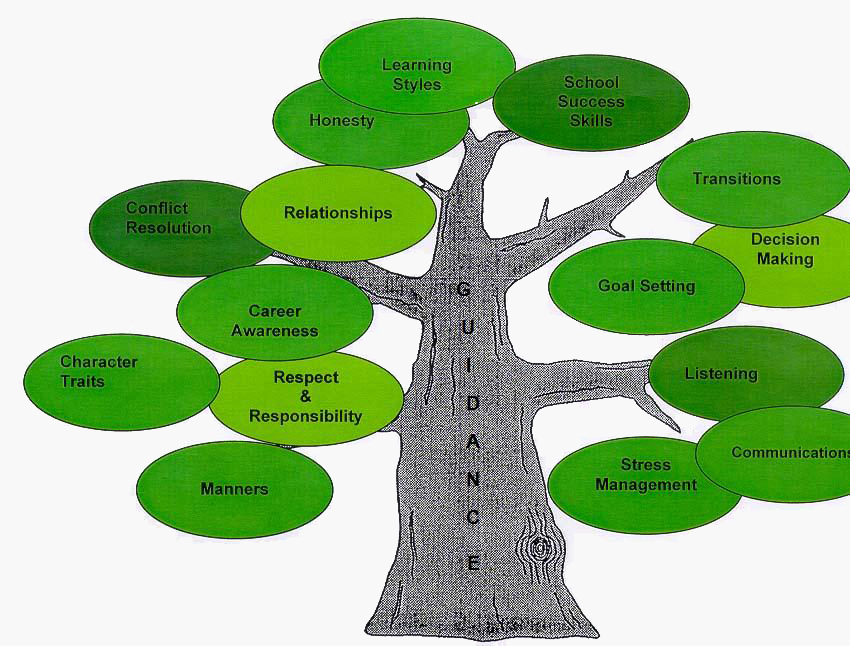Important techniques that can be used for imparting group guidance are as follows:
Group guidance is that relationship in which a guidance worker attempts to assist a number of students to attain for themselves satisfactory development or adjustment to their respective individual or collective life situations. It occurs in a setting in which one or more guidance workers encounter students as a group.
ADVERTISEMENTS:
Groups are best suited for discussing educational and vocational plans, problems relating to adjustment to college and social situations, problems relating to choice of options and choosing a career, economic and occupational problems, personality adjustment problems, etc. A number of techniques can be used for imparting group guidance:
Techniques
1. Informal discussions:
Informal discussions, if done under the table and skilful leaders, can prove very helpful. These discussions should centre on desirable objectives and should be so guided as to result in conclusions that may be helpful to the group as a whole.
2. Group reports:
If the students are divided into groups which have certain specific problems to tackle and later these reports are presented in larger groups, they can help all the members of the group in gaining awareness of a number of problems and their solution.
3. Lectures:
Lectures delivered by experts on certain problems too can impart group guidance in an effective way.
4. Dramatics:
This is another good technique of group guidance. If certain interesting topics are dramatised, the students can be given guidance in an interesting way.
ADVERTISEMENTS:
How to appear for an interview, how to prepare for an examination, how to prepare notes—all these can be dramatised and guidelines suggested to the students in an interesting way.
5. Question box:
“Question-box” says Jones, “If carefully organised and not too frequently used, is also a desirable technique, for it gives the shy and retiring pupil an opportunity to propose a question that is bothering him without revealing that it is his question”.
Most of the times, we find the shy student remains buried with his problems as he is not vocal. It is also possible that there are quite a few students having the same problem.
ADVERTISEMENTS:
So if the question could be proposed in a silent way, the same could be discussed in a group and valuable guidance provided to the students.
6. The case conference:
Here the problem faced by the majority of the group is stated concretely by way of a case. Each member of the group reviews his own experience in a similar situation.
The group is guided away from the more immediate and temporary advantages to be gained toward more remote and permanent values.
Then the effect of the proposed line of action is considered upon others. Possible exceptions may be discussed.
Some other conditions that should be considered in deciding a plan of action are also gone through.
Some generalisations are also formulated which may prove helpful in other situations. According to Jones, the entire process of the case conference is an experience in social thinking and it has positive and unique values in the group guidance programme.
